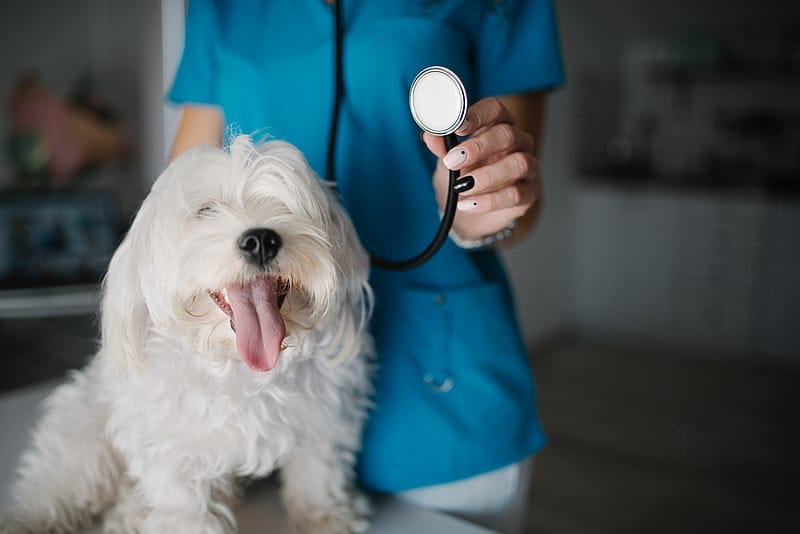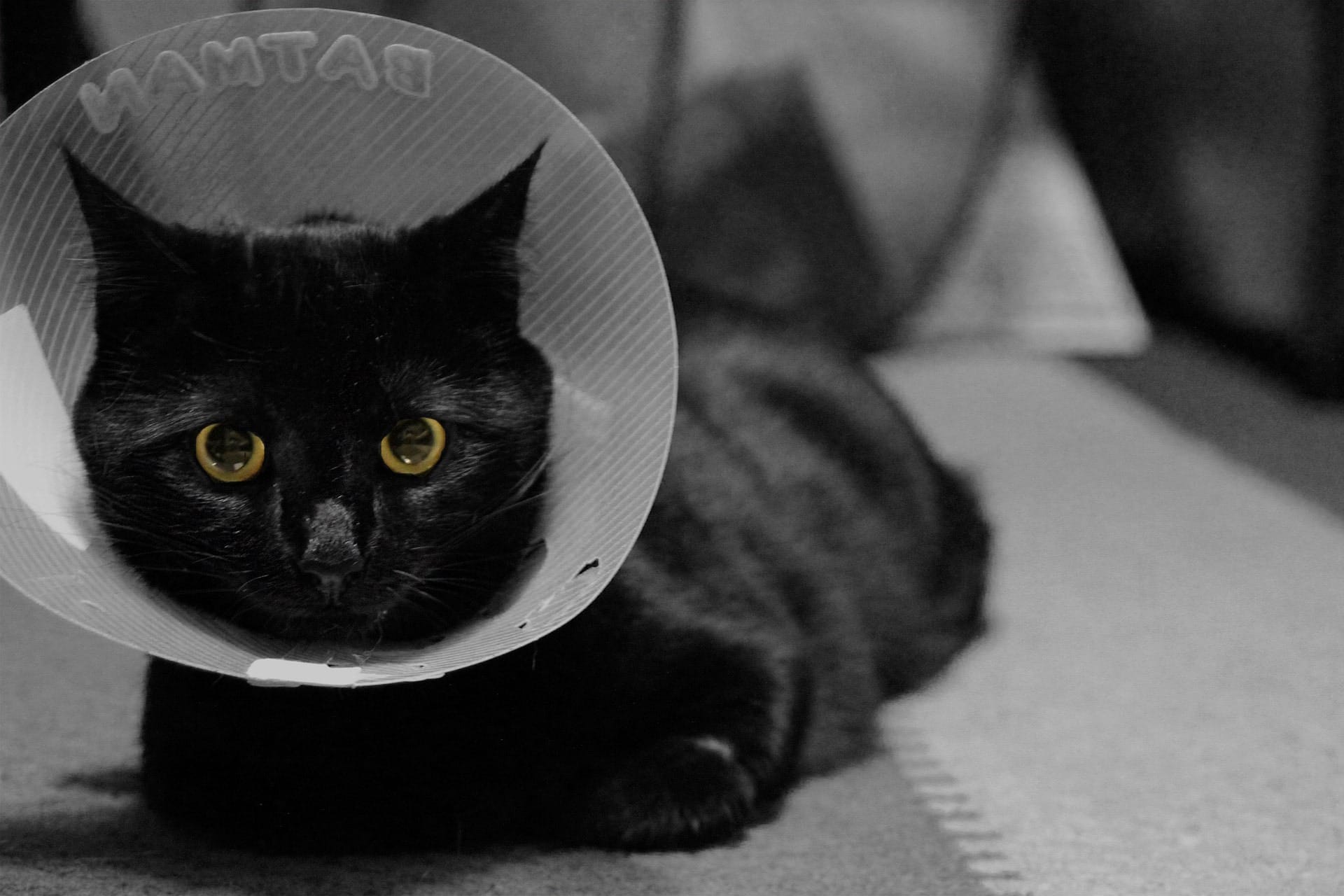There is a widespread belief among cat and dog owners that before spaying or neutering an animal, it is necessary to provide it with one mating. We decided to check whether this belief is supported by scientific facts.
Judging by the Q&A services, many owners interested in cats and dogs question, whether it is necessary to allow a pet to leave offspring once before castration or sterilization. IN searching advice they apply To sites veterinary clinics And specialized resources about animals. Supporters point of view that at least alone childbirth is necessary explain yours opinion because it is so animal learns joy motherhood or paternity, and also childbirth favorable will affect health pet.
First, let's understand the terms. Many people believe that the difference between sterilization and castration is that the first operation is performed on females, and the second on males. However this not like that. Castration is the removal of reproductive organs, that is, the testes in a male and the uterus and/or ovaries in a female. Sterilization is an operation aimed at stopping the reproductive function without removing the corresponding organs, that is, ligation of the fallopian tubes in females and the spermatic cords in males. It turns out that sterilization eliminates the ability of animals to reproduce, but does not affect the production of hormones and, accordingly, does not affect sexual behavior. Veterinarians can perform one or another operation, but more often animals of both sexes are castrated, that is, certain organs are completely removed. Further in the text, the words “castration” and “sterilization” will indicate precisely the type of operation, and not indicate the gender of the person to whom it is performed.
Both castration and sterilization solve a number of problems, for example the problem of unwanted offspring and, as a result, an increase in the number of homeless animals. Cats can give birth up to three times a year, bringing every times from one to 12 kittens. When kittens are five months old, they can also have offspring. “In eight years, one unsterilized cat and its offspring can give birth to 2,072,514 animals,” counted Natalya Tsvetkova, coordinator of the animal sterilization program at the Ray charity foundation. The situation is similar with dogs. According to a Mars Petcare study, in 2021 in Russia there were more 700,000 stray dogs.
The second problem that decides castration is the correction of an animal’s unwanted behavior. For example, if a dog has already realized his sexual instinct once, but remains uncastrated, he capable smelling a dog in heat within a radius of almost 5 km dramatically increases the risk that the pet will run away from its owner and then get into an accident or get lost. Deprived of sexual instincts, cats and dogs also become less aggressive, do not mark territory and do not attract individuals of the opposite sex with loud cries.
Castration also provides beneficial effect on the animal's body. Dogs after surgery are less susceptible to pathologies arising from hormonal imbalance: mammary cancer, pyometra (purulent inflammation of the uterus), ovarian and uterine cancer. In male dogs, the risk of testicular cancer is reduced, and animals of both sexes are less likely to develop venereal sarcoma. The operation also protects cats and kittens from diseases, both oncological and viral (for example, immunodeficiency and leukemia), transmitted through saliva and blood during fights. On average, castrated animals live longer: cats - by 39%, cats - by 62%, dogs - by 23%, and dogs - by 18%.
It turns out that castration or sterilization of pets that are not involved in breeding actually prolongs the life of the animal and protects it from many diseases. It remains to understand when it should be produced. Distributed fearthat too early sterilization (at four to five months) can cause a delay in development, and also prevent the animal from “gaining” its exterior, that is, leaving it externally as an eternal teenager. However, scientific evidence does not support this - in 2016, the Veterinary Task Force on Feline Neutering, which includes experts in the field of breeding, behavior studies and prevention of animal homelessness, spent reviewed existing studies and found no evidence of an increased risk of complications or long-term adverse health effects following neutering of cats during childhood and adolescence. As a result of the study, the group issued a statement recommending that animals be neutered before they reach five months of age. Based on this report, a public campaign was launched in the United States campaign to educate veterinarians and the public about the benefits of early neutering called Fix by Five, which can be translated as “Sterilization by five months.” Moreover, how showed In a study of 775 cats and 1,213 dogs, animals undergoing glandectomy before 12 weeks of age had the lowest risk of complications (only 6.5%), while age over 24 weeks increased the risk to 10.8%. Also, surgery performed before the cat's first heat reduces risk of developing a breast tumor by 91%; If the operation is performed after the first heat, but in the first year of life, then the risk will decrease by only 86%.
There is also a widespread concern that early castration in cats leads to the fact that the urethra does not develop to the desired size, and this subsequently leads to urolithiasis. However, how show observations of scientists from the University of Minnesota, this is not so - the diameter of the urethra did not differ between cats castrated before seven weeks of age and cats that did not undergo such an operation at all.
It turns out that all cats and female cats, if the owner decides to operate on them, should be neutered before the age of five months, or even earlier, starting at just two months of age.
However, it is impossible to derive a universal recommendation for dogs, since small and large breeds have different ages of puberty: for example, in a Yorkshire terrier or Chihuahua it begins at the age of only six months, and in a mastiff or St. Bernard it begins only at 12–18 months. Given this difference, the American Animal Hospital Association (AAHA) recommends a window of five to six months for small breeds and nine to 15 months for large breeds, although in either case it is best to have surgery before puberty.
All currently available scientific evidence suggests that it is better to operate on the animal before puberty begins. And certainly before the pet gives birth to its first offspring.

Probably, the belief about the need for childbirth before castration is due to the fact that pregnancy is really beneficial for the human body. Risk of breast tumors is decreasing by 5–20% depending on the woman’s age, the risk of malignant tumors of the ovaries and uterine body is also reduced. Moreover, it is most useful for a person to have several children - for example, having three children is most powerful reduces risk of maternal death from all causes. However, for the animal’s body, pregnancy and childbirth are much more stressful and contain additional risks. Veterinarians pay attention that first births in animals are often coupled with difficulties, they may need a caesarean section. Due to pregnancy, hormonal balance is disrupted and rises the risk of developing pathologies, including diseases of the mammary glands, and even in dogs that have given birth once, there is a high risk of hormonal imbalance, which can lead to false pregnancy.
The second possible reason why this myth is so common is that owners tend to endow their pet with traits that are characteristic of humans, but not of animals. In particular, some believe that, thanks to the appearance of offspring, the animal will experience the happiness of motherhood or fatherhood, and will also receive unforgettable pleasant memories of the sexual intercourse that took place. However, this is also incorrect. Dogs and cats can't feel the same emotions as people, their actions are the result of purely instincts. Moreover, neither cats nor dogs enjoy copulation. At the end of a cat's penis located small spikes needed to annoy cat's vagina and stimulate the release of an egg. These spines give the female a very unpleasant sensation, so during mating she screams and tries to escape, and the cat holds her by the scruff of the neck with his teeth. When the cat is finally freed, she abruptly separates from the cat, thereby causing pain to him. Dogs have a similar story: the penis swells as much as possible inside the female’s vagina, which causes her pain, and the male is forced to hold her quite tightly. When the female breaks out, it causes pain to the male. Sexual intercourse in neither cats nor dogs does not bring them pleasure, but causes pain.
Thus, veterinarians agree that it is better to castrate or sterilize all animals outside of breeding before the onset of puberty, that is, cats and female cats under the age of five months, and dogs, depending on the breed, between five and 15 months. There is no scientific evidence that an animal will be healthier or happier if it leaves one offspring first. On the contrary, experts assure that even childbirth alone is a stressful and traumatic event for both cats and dogs. You should also not transfer human feelings to animals - they will not know the happiness of motherhood or fatherhood from the appearance of offspring and will not receive pleasant lifelong impressions from sexual intercourse.
Cover image: Image by PublicDomainPictures from Pixabay
If you find a spelling or grammatical error, please let us know by highlighting the error text and clicking Ctrl+Enter.






